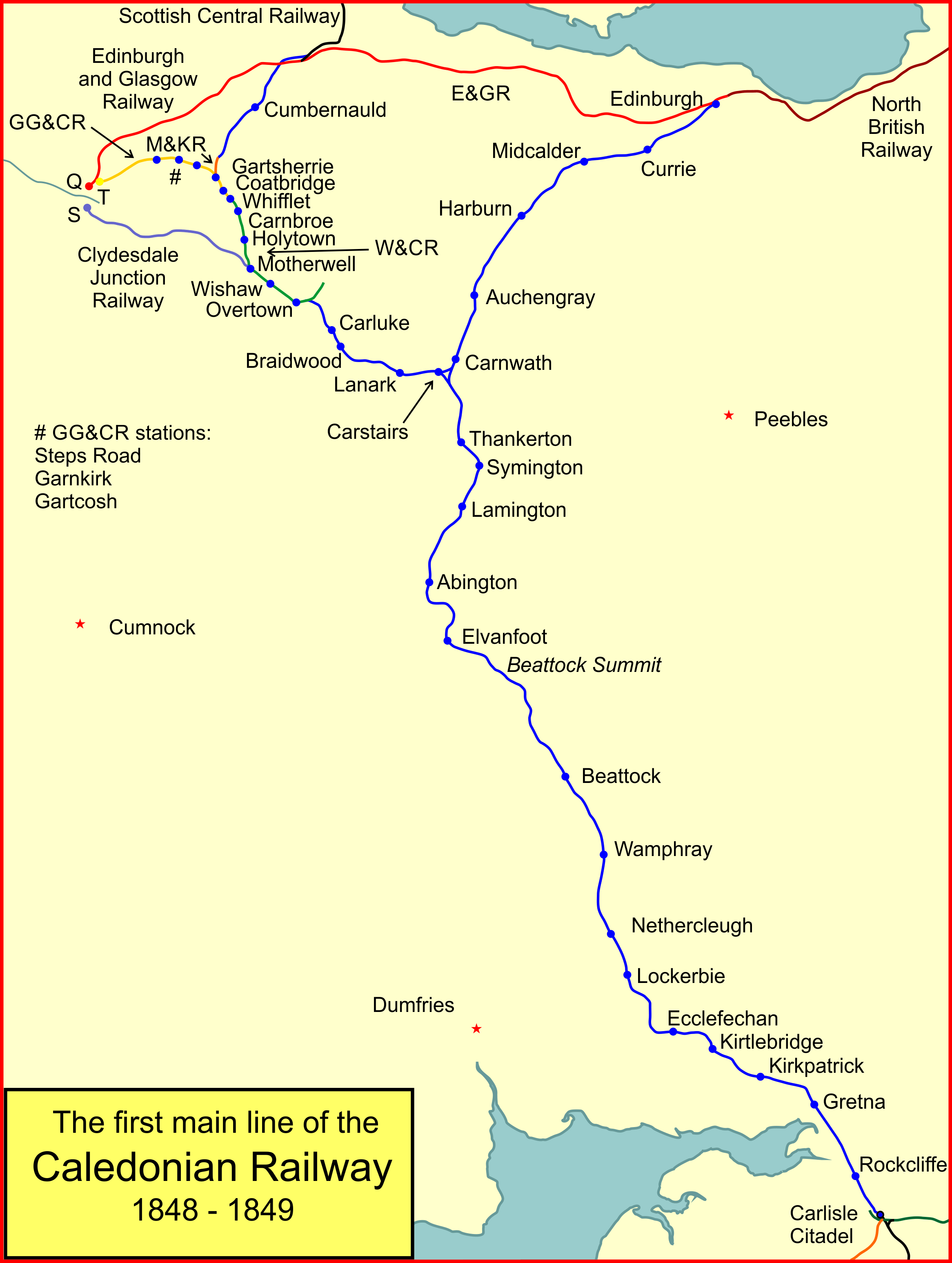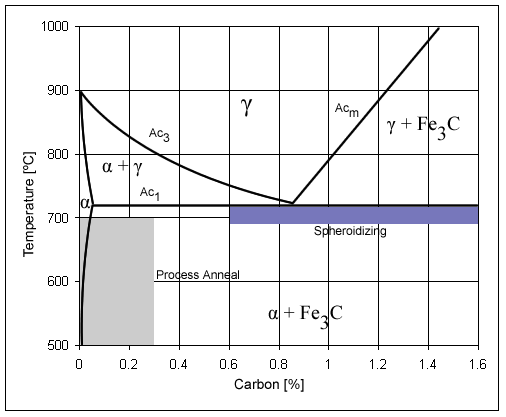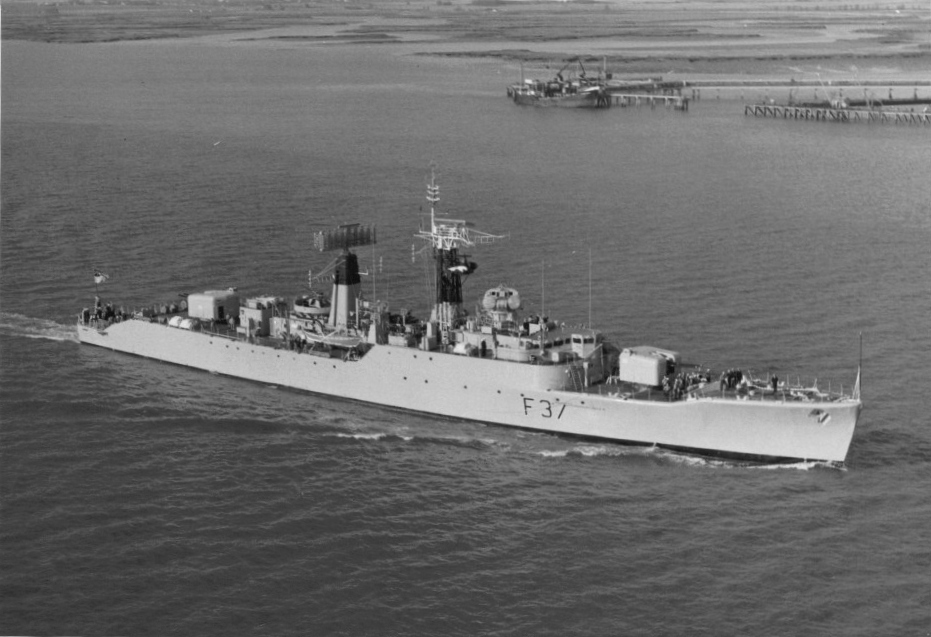|
1879 In Scotland
Events from the year 1879 in Scotland. Incumbents Law officers * Lord Advocate – William Watson * Solicitor General for Scotland – John Macdonald Judiciary * Lord President of the Court of Session and Lord Justice General – Lord Glencorse * Lord Justice Clerk – Lord Moncreiff Events * 4 January – Dundee-born Mormon missionary Hugh Findlay arrives in Shetland from the United States and on 31 March baptizes the islands' first two converts. * 25 January – first service held in St Mary's Cathedral, Edinburgh (Episcopal) on completion of the nave. * 1 April – Dundee Stock Exchange established. * 6 June – William Denny and Brothers launch the world's first ocean-going steamer to be built of mild steel, the SS ''Rotomahana'', at Dumbarton. * 31 July – the Caledonian Railway opens the original Glasgow Central station. * 30 September – foundation stone of the Forth Bridge is laid on Inchgarvie. * 2 October – William Denny and Brothers launch the wor ... [...More Info...] [...Related Items...] OR: [Wikipedia] [Google] [Baidu] |
St Mary's Cathedral, Edinburgh (Episcopal)
The Cathedral Church of Saint Mary the Virgin, commonly known as St Mary's Episcopal Cathedral, is a cathedral of the Scottish Episcopal Church in the West End of Edinburgh, Scotland; part of the worldwide Anglican Communion. Its foundation stone was laid in Palmerston Place on 21 May 1874 by the Duke of Buccleuch and Queensberry. The building was consecrated on 30 October 1879. St Mary's Episcopal Cathedral is the mother church of all Scottish Episcopal churches in the Edinburgh diocese, which stretches from the Firth of Forth down to the English border. There are seven dioceses in Scotland. St Mary's is the see of the Bishop of Edinburgh, one of the seven bishops of the Scottish Episcopal Church. The cathedral was designed in a Victorian Gothic revival style by architect Sir George Gilbert Scott. It has attained Category A listed building status, and is part of the Old Town and New Town of Edinburgh World Heritage Site. The cathedral is one of only three in the Uni ... [...More Info...] [...Related Items...] OR: [Wikipedia] [Google] [Baidu] |
2 October
Events Pre-1600 * 829 – Theophilos succeeds his father Michael II as Byzantine Emperor. * 939 – Battle of Andernach: Otto I, Holy Roman Emperor, crushes a rebellion against his rule, by a coalition of Eberhard of Franconia and other Frankish dukes. *1263 – The Battle of Largs is fought between Norwegians and Scots. * 1470 – The Earl of Warwick's rebellion forces King Edward IV of England to flee to the Netherlands, restoring Henry VI to the throne. * 1552 – Russo-Kazan Wars: Russian troops enter Kazan. 1601–1900 *1766 - The Nottingham Cheese Riot breaks out at the Goose Fair in Nottingham, UK, in response to the excessive cost of cheese. *1780 – American Revolutionary War: John André, a British Army officer, is hanged as a spy by the Continental Army. *1789 – The United States Bill of Rights is sent to the various States for ratification. * 1835 – Texas Revolution: Mexican troops attempt to disarm the people of Gonzales ... [...More Info...] [...Related Items...] OR: [Wikipedia] [Google] [Baidu] |
Inchgarvie
Inchgarvie or Inch Garvie is a small, uninhabited island in the Firth of Forth. On the rocks around the island sit four caissons that make up the foundations of the Forth Bridge. Inchgarvie's fortifications pre-date the modern period. In the days when boats were the only way to cross the Firth of Forth, the island was on the main route between North Queensferry in Fife and South Queensferry in Lothian. This made it strategically important. Although now uninhabited, Inchgarvie has been inhabited throughout various periods of history. The first recorded time was in the late 15th century. Like nearby Inchmickery, its profile and colour makes it look like a small warship from a distance. It was armed with coast defence guns from 1901 until 1906, and again from 1908 until the 1930s. Etymology Inchgarvie's name is Gaelic in origin and means either "rough island" (from ''innis garbh'') or "island of the rough place" (from ''innis gharbhaidh''). An older theory links it to the Sc ... [...More Info...] [...Related Items...] OR: [Wikipedia] [Google] [Baidu] |
Forth Bridge
The Forth Bridge is a cantilever railway bridge across the Firth of Forth in the east of Scotland, west of central Edinburgh. Completed in 1890, it is considered a symbol of Scotland (having been voted Scotland's greatest man-made wonder in 2016), and is a UNESCO World Heritage Site. It was designed by English engineers Sir John Fowler and Sir Benjamin Baker. It is sometimes referred to as the Forth Rail Bridge (to distinguish it from the adjacent Forth Road Bridge), although this is not its official name. Construction of the bridge began in 1882 and it was opened on 4 March 1890 by the Duke of Rothesay, the future Edward VII. The bridge carries the Edinburgh–Aberdeen line across the Forth between the villages of South Queensferry and North Queensferry and has a total length of . When it opened it had the longest single cantilever bridge span in the world, until 1919 when the single span Quebec Bridge in Canada was completed. It continues to be the world's second-long ... [...More Info...] [...Related Items...] OR: [Wikipedia] [Google] [Baidu] |
30 September
Events Pre-1600 * 489 – The Ostrogoths under Theoderic the Great defeat the forces of Odoacer for the second time. * 737 – The Turgesh drive back an Umayyad invasion of Khuttal, follow them south of the Oxus, and capture their baggage train. * 1139 – A magnitude 7.7 earthquake strikes the Caucasus mountains in the Seljuk Empire, causing mass destruction and killing up to 300,000 people. * 1342 – Battle of Morlaix in the Hundred Years' War * 1399 – Henry IV is proclaimed king of England. * 1520 – Suleiman the Magnificent is proclaimed sultan of the Ottoman Empire. *1541 – Spanish conquistador Hernando de Soto and his forces enter Tula territory in present-day western Arkansas, encountering fierce resistance. * 1551 – A coup by the military establishment of Japan's Ōuchi clan forces their lord to commit suicide, and their city is burned. 1601–1900 * 1736 – The Lebanese Council of 1736 begins, a major turning point ... [...More Info...] [...Related Items...] OR: [Wikipedia] [Google] [Baidu] |
Glasgow Central Station
Glasgow Central (), usually referred to in Scotland as just Central or Central Station, is one of two principal mainline rail terminals in Glasgow, Scotland. The railway station was opened by the Caledonian Railway on 1 August 1879 and is one of 20 managed by Network Rail. It is the northern terminus of the West Coast Main Line ( north of London Euston).Thomas (1971); Chapter VIII – Glasgow As well as being Glasgow's principal inter-city terminus for services to England, Central also serves the southern suburbs of the Greater Glasgow conurbation, as well as the Ayrshire and Clyde coasts. The other main station in Glasgow is , which primarily serves regional and intercity services to the north of Glasgow. The three letter station code is GLC. With 25 million passengers in 2023–2024, Glasgow Central is the fifteenth-busiest railway station in Britain and the busiest in Scotland, as well as the third busiest station in the UK outside of London, behind and . The statio ... [...More Info...] [...Related Items...] OR: [Wikipedia] [Google] [Baidu] |
Caledonian Railway
The Caledonian Railway (CR) was one of the two biggest of the five major Scottish railway companies prior to the 1923 Grouping. It was formed in 1845 with the objective of forming a link between English railways and Glasgow. It progressively extended its network and reached Edinburgh and Aberdeen, with a dense network of branch lines in the area surrounding Glasgow. It was absorbed into the London, Midland and Scottish Railway in 1923. Many of its principal routes are still used, and the original main line between Carlisle, Cumbria, Carlisle and Glasgow is in use as part of the West Coast Main Line railway (with a modified entry into Glasgow itself). Introduction In the mid-1830s, railways in England evolved from local concerns to longer routes that connected cities, and then became networks. In Scotland it was clear that this was the way forward, and there was a desire to connect the Central Belt to the incipient English network. There was controversy over the route that such ... [...More Info...] [...Related Items...] OR: [Wikipedia] [Google] [Baidu] |
31 July
Events Pre-1600 *30 BC – Battle of Alexandria: Mark Antony achieves a minor victory over Octavian's forces, but most of his army subsequently deserts, leading to his suicide. * 781 – The oldest recorded eruption of Mount Fuji (Traditional Japanese date: Sixth day of the seventh month of the first year of the Ten'o (天応) era). *1009 – Pope Sergius IV becomes the 142nd pope, succeeding Pope John XVIII. *1201 – Attempted usurpation by John Komnenos the Fat for the throne of Alexios III Angelos. * 1423 – Hundred Years' War: Battle of Cravant: A Franco-Scottish army is defeated by the Anglo-Burgundians at Cravant on the banks of the river Yonne. * 1451 – Jacques Cœur is arrested by order of Charles VII of France. *1492 – All remaining Jews are expelled from Spain when the Alhambra Decree takes effect. * 1498 – On his third voyage to the Western Hemisphere, Christopher Columbus becomes the first European to discover the island of ... [...More Info...] [...Related Items...] OR: [Wikipedia] [Google] [Baidu] |
Dumbarton
Dumbarton (; , or ; or , meaning 'fort of the Britons (historical), Britons') is a town in West Dunbartonshire, Scotland, on the north bank of the River Clyde where the River Leven, Dunbartonshire, River Leven flows into the Clyde estuary. In 2006, it had an estimated population of 19,990. Dumbarton was the capital of the ancient Kingdom of Strathclyde, and later the county town of Dunbartonshire. Dumbarton Castle, on top of Dumbarton Rock, dominates the area. Dumbarton was a royal burgh between 1222 and 1975. Dumbarton emerged from the 19th century as a centre for shipbuilding, glassmaking, and whisky production. However, these industries have since declined, and Dumbarton today is increasingly a commuter town for Glasgow east-southeast of it. Dumbarton F.C. is the local football club. Dumbarton is home to BBC Scotland's drama studio. History Dumbarton history goes back at least as far as the Iron Age and probably much earlier. It has been suggested that in Ancient Rom ... [...More Info...] [...Related Items...] OR: [Wikipedia] [Google] [Baidu] |
Mild Steel
Carbon steel is a steel with carbon content from about 0.05 up to 2.1 percent by weight. The definition of carbon steel from the American Iron and Steel Institute (AISI) states: * no minimum content is specified or required for chromium, cobalt, molybdenum, nickel, niobium, titanium, tungsten, vanadium, zirconium, or any other element to be added to obtain a desired alloying effect; * the specified minimum for copper does not exceed 0.40%; * or the specified maximum for any of the following elements does not exceed: manganese 1.65%; silicon 0.60%; and copper 0.60%. As the carbon content percentage rises, steel has the ability to become harder and stronger through heat treating; however, it becomes less ductile. Regardless of the heat treatment, a higher carbon content reduces weldability. In carbon steels, the higher carbon content lowers the melting point. The term may be used to reference steel that is not stainless steel; in this use carbon steel may include alloy stee ... [...More Info...] [...Related Items...] OR: [Wikipedia] [Google] [Baidu] |
William Denny And Brothers
William Denny and Brothers Limited, often referred to simply as Denny, was a Scotland, Scottish shipbuilder, shipbuilding company. History The shipbuilding interests of the Denny family date back to William Denny (born 1779), for whom ships are recorded being built in Dumbarton as far back as 1811 such as the sailing sloop ''Alpha''. By 1823 the company name had changed to William Denny & Son. The first ship it built under this name was the paddle steamer ''Superb''. From 1845 the company became Denny Brothers (this being William jnr, Alexander and Peter Denny, Peter), and in 1849 the firm was reconstituted as William Denny & Brothers, this being William, James and Peter Denny. Although the Denny yard was situated near the junction of the River Clyde and the River Leven, Dunbartonshire, River Leven, the yard was on the Leven. The founder developed the company's interests in ship owning and operation with interests in the British & Burmese Steam Navigation Company, the Irrawadd ... [...More Info...] [...Related Items...] OR: [Wikipedia] [Google] [Baidu] |






